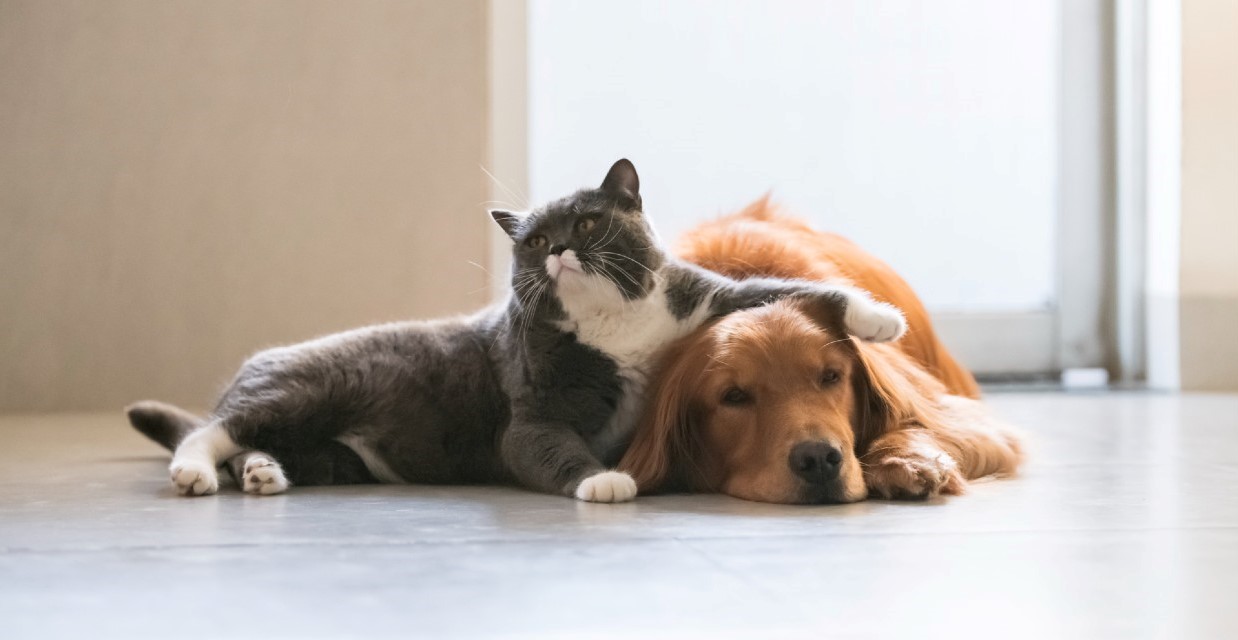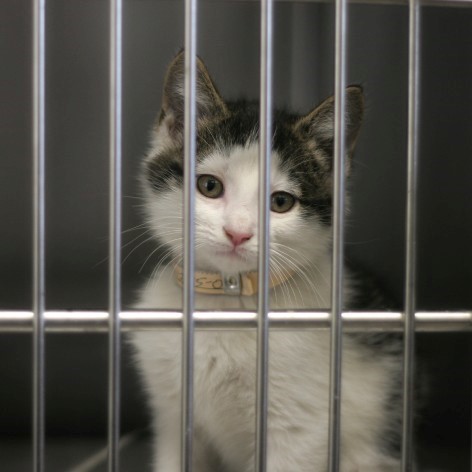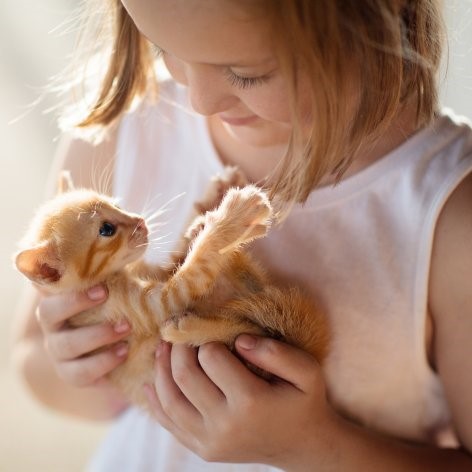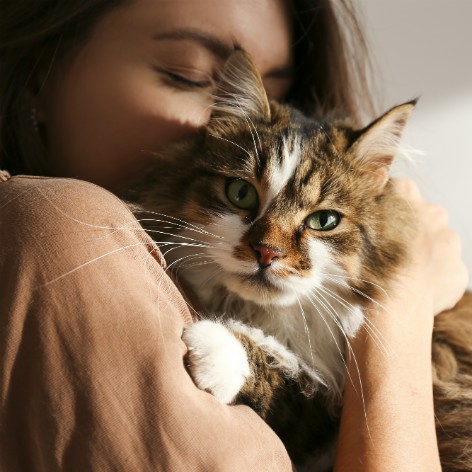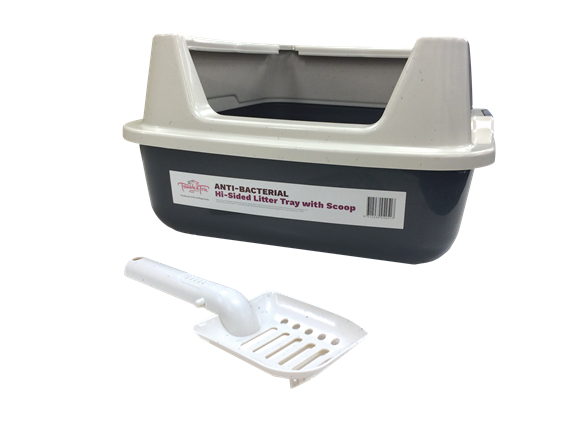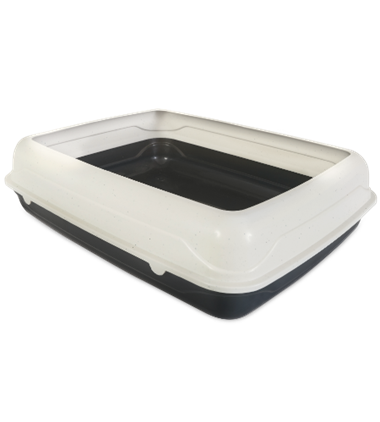The old adage “fighting like cats and dogs” does hold true in many cases however it doesn’t have to be that way. Cats and dogs can live together in harmony and introducing an adult cat to your dog the right way goes a long way to achieving this goal.
Will my dog get along with an adult cat?
Whether or not your dog will get along with an adult cat (and vice versa) depends on a number of factors. These include:
- Your dog’s level of socialisation and previous experience with cats – Has your dog lived with cats before? Are they calm and relaxed and friendly towards other cats they encounter, or do they bark and try to chase other cats?
- The adult cat’s level of socialisation and previous experience with dogs - Has the adult cat been socialised with dogs? Have they lived with a dog before? Are they calm and relaxed and friendly towards other dogs they encounter or are they scared and run away?
- Both animals’ ages and personalities – If either your dog or the new adult cat is timid, fearful or anxious in general this could make their successful introduction a litter harder. Ideally, each animal has a confident and curious personality. Similarly, younger animals seem to adapt better to living together compared to introducing an older adult cat to a puppy whose energy levels might be a bit too much at times.
- A successful initial introduction – Whatever you do, don’t just put them together in the same space for their first introduction and “let them work it out”. This method often ends in disaster and takes much longer to come back from. Instead, ensure the introduction is gradual, controlled, and positive for both animals.
How to Introduce your Dog to an Adult Cat
The best way to introduce your dog to an adult cat is carefully!
The aim is to make the introduction process positive for both animals.
This can be achieved by initially keeping the animals separated (e.g. the cat in a spare room or area of the home away from the dog).
Each day, bring the animals together in the same space with the dog on lead and feed them high value treats for a minute or two.
Then separate them again. Repeat frequently. This training helps to create a positive association between the animals, because when they’re in the same space good things happen. Ensure there’s enough distance between the dog and cat so that each animal is as relaxed as possible and both are eating the treats.
As the sessions progress, you can begin to gradually reduce the distance between the animals and increase the time they spend together as long as they are remaining calm and friendly.
Ensure your home has lots of elevated spaces so your cat can get up high and away from your dog if they want or need to.
This will help them feel safer in the same space and will encourage them to spend more time near your dog. Once you notice they are comfortable in each other’s presence you can allow them to interact freely in the same space first with supervision and then without once you’re confident they’re getting along.
Maintain a Positive Association
The key to a lasting positive relationship between your adult cat and dog is to maintain a positive relationship between them. This can be achieved by rewarding friendly and positive interaction with attention and high value cat/dog treats, and by feeding them together (ensuring neither steals the other’s food).


